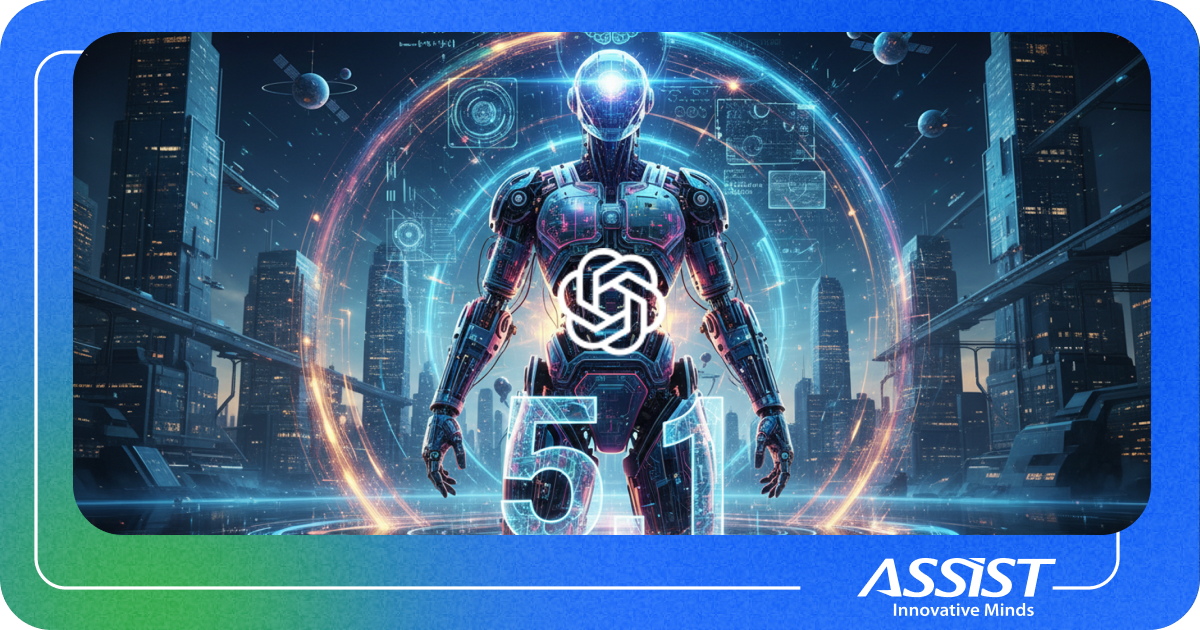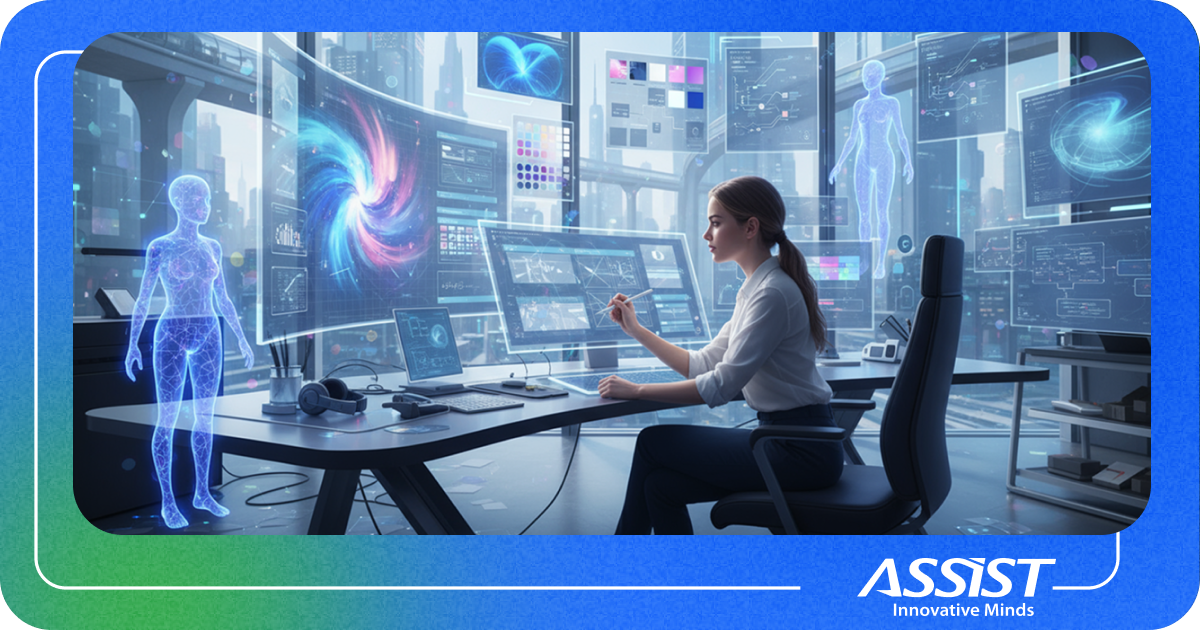AI and the Future of Cyber Deception
In early 2024, a finance clerk in Hong Kong attended what appeared to be a routine video call with his company’s CFO and other familiar colleagues. The meeting felt legitimate: voices, faces, and mannerisms were spot-on. But none of them were real. All participants were AI-generated deepfakes. The clerk was deceived into transferring HK$200 million (about US $25.6 million) across 15 transactions before the fraud was uncovered.
This is a real-world breach. Cybercriminals weaponize trust at scale. And we’re just beginning to scratch the surface of what’s possible.
When Psychology Meets AI in Cybercrime
Humans have always been the target of cyber fraud, phishing, spoofed emails, and social engineering. But AI has supercharged those attacks:
- Deepfake group video calls now enable impersonation at scale. The Hong Kong case marked the first instance of a multi-person AI-generated meeting used for financial fraud.
- With generative tools that are easily accessible, even personalized voice cloning attacks can be orchestrated with only seconds of voice samples, often publicly available on social media.
Experts warn that while deepfakes were once rare, they are now increasing in volume and sophistication, from a handful per month to hundreds across industries.

These attacks are particularly dangerous for industries like healthcare, IoT, and manufacturing, where trust and rapid decision-making are critical. A single deepfake call could trick staff into rerouting medical supplies, authorizing faulty IoT updates, or approving multimillion-dollar transfers.
From Threat to Guardian
Fortunately, AI also equips us with powerful detection capabilities:
- Researchers are developing tools like WaveVerify, an audio watermarking method that ensures authenticity and fights deepfake voice spoofing.
- The PITCH challenge-response model integrates AI with human prompts to flag suspicious incoming calls with around 84–87% accuracy, boosting detection by combining human intuition with AI precision.
- In financial systems, innovative GAN-based models are being trained to detect subtle manipulations in transaction imagery, achieving detection rates of over 95%.
At ASSIST Software, we are actively expanding our work in this area. We are on track to obtain our AI certification, further strengthening our capabilities in building trusted, AI-driven defense systems.
Still, human awareness remains essential. Studies show that pausing an extra few seconds to question whether something “looks real” can significantly boost our ability to spot deepfakes.

The Next Battleground
Traditional defenses, such as firewalls, MFA, and encryption, are indispensable, but they don’t stop an employee from trusting a face or a voice. That’s why the new frontier of cybersecurity is where technology meets human cognition.
AI should be integrated into everyday work processes. This includes real-time deepfake detection during telemedicine calls, AI-powered safety measures within supply chains, and user-friendly interfaces encouraging employees to pause and verify information rather than ignoring security protocols. Nowadays, effective defense relies as much on understanding psychology and behavior as it does on technological solutions.

At ASSIST Software, this convergence of AI, psychology, and design drives our approach. We’re embedding real-time verification tools in health tech, building AI/ML safeguards for IoT and manufacturing, and designing enterprise experiences where security feels seamless rather than burdensome. And as we move toward our AI certification, we’re doubling down on solutions that adapt as fast as attackers.
The Bottom Line
Cybercriminals already use AI to exploit trust, authority, and urgency at scale. The question isn’t whether deception will target your industry but when.
The businesses that will withstand this shift act early, layering human instincts with AI-powered defense.
We’re helping organizations build those defenses today, so they’re ready for tomorrow’s deception. Follow our page for more insights on AI, cybersecurity, and innovation.
Contact us if you want to explore how AI-driven solutions can strengthen your cybersecurity.



